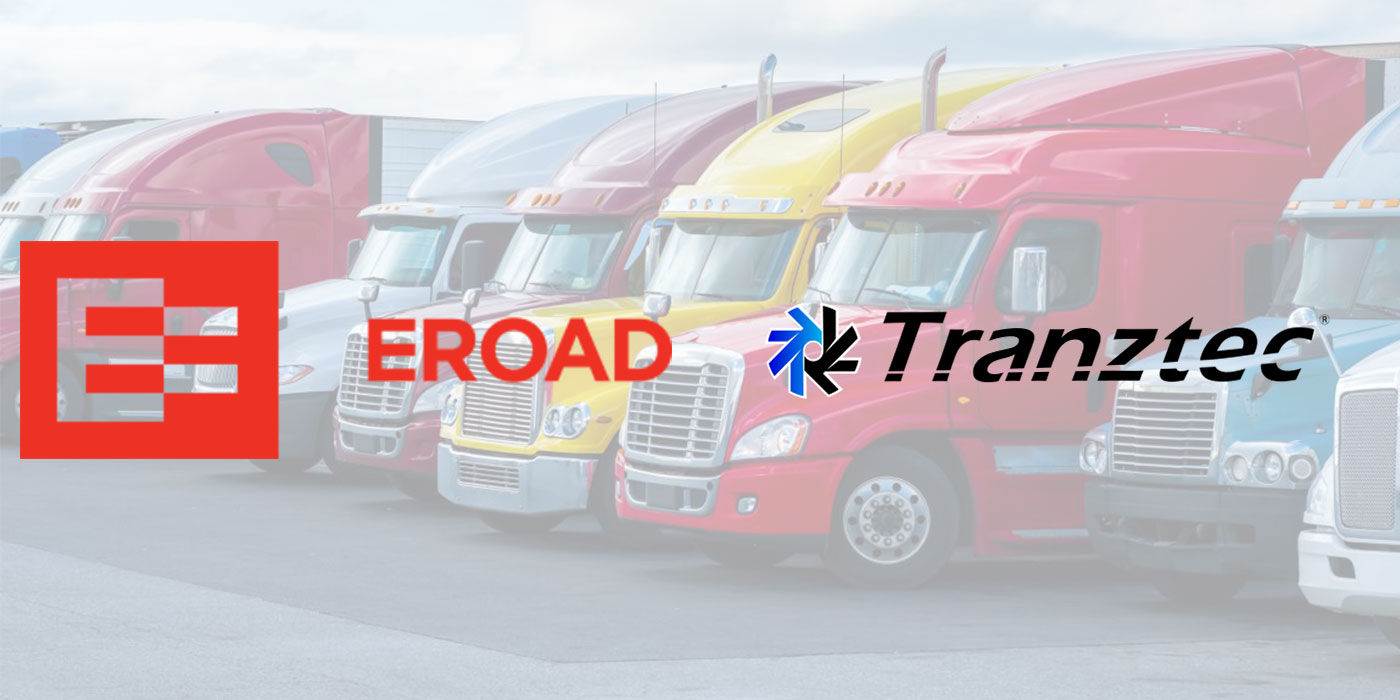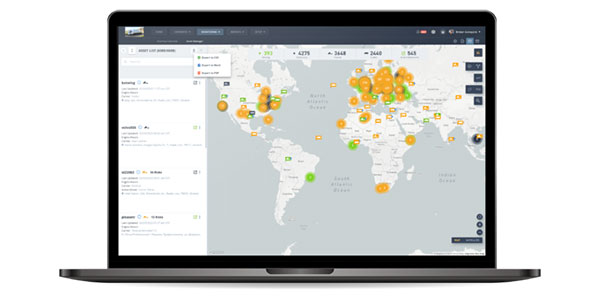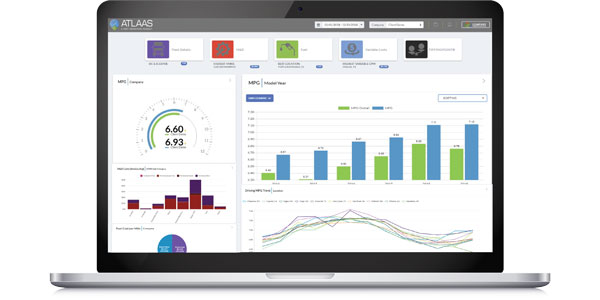Software has a number of functions and lowering costs is a by-product of the system’s data. Here are most important functions:
1. The first and most important function is to track and schedule PM’s, preventive maintenance, which helps ensure that you are tracking and performing these important tasks of fleet maintenance. In addition, it ensures tracking and in compliance with Annual Inspections and other periodic schedule events deemed necessary to manage the maintenance functions. (By the way depending on the size of your fleet, a spreadsheet program works well and if nothing else, this should be used and not a “white board” on the wall.)
2. The next area and most demanding is parts control and management of inventory. This is where the system will no doubt pay for itself, but it is the area that needs the most discipline. Parts are 50% of vehicle costs, but without a good stocking inventory, labor can becomes idle. The most important data information is:
a. Parts inventory maximum and minimums quantities for replenishment.
b. Parts usage, quantity of each part used and on what vehicle.
c. Parts purchased and who from, at what price and when.
d. Parts cost history, the ability to purchase and acquire parts and supplies at reasonable and fair pricing.
e. Vendor controls, providing you don’t abuse this power (your name is associated with your envisioned power of purchase).
f. Bin locations by each part, should be presorted by VMRS codes.
g. Inventories shrink…sometimes called theft. I call it non-reportable.
h. Ability to bar code and label each part. This is valuable for receiving, 12 labels printed from receiving, you should have 12 parts to put them on, oopsonly 11 delivered in the box.
i. VMRS coding for additional sorting data.
j. Parts inventory, taking inventory can be a grueling task and normally become a guess that you use to get away with, those days are coming to and end.
k. Parts warranty drilled down to each part each vehicle, whatever sorting so desired.
l. Parts purchased vs. parts on Repair orders…96 % is a good goal.
m. Inventory turns—obsolete parts management.
n. PO’s Purchase orders. In my opinion the one least important is the purchase order (PO) piece. (I am not an advocated of over complicating the system, burdening a shop person with additional paperwork, just an opinion.) Some sort of control for purchases need to exist, but in the simplest way possible. This is determined by the size of the fleet and the volume of parts activity. It can be simple, complexity never lowers cost, and simplicity does.
This is where computer sophisticated software shines, but depending on the fleet size, a well organized parts room can operate reasonably efficient, with good shelves and boxed parts, like a supermarket.













